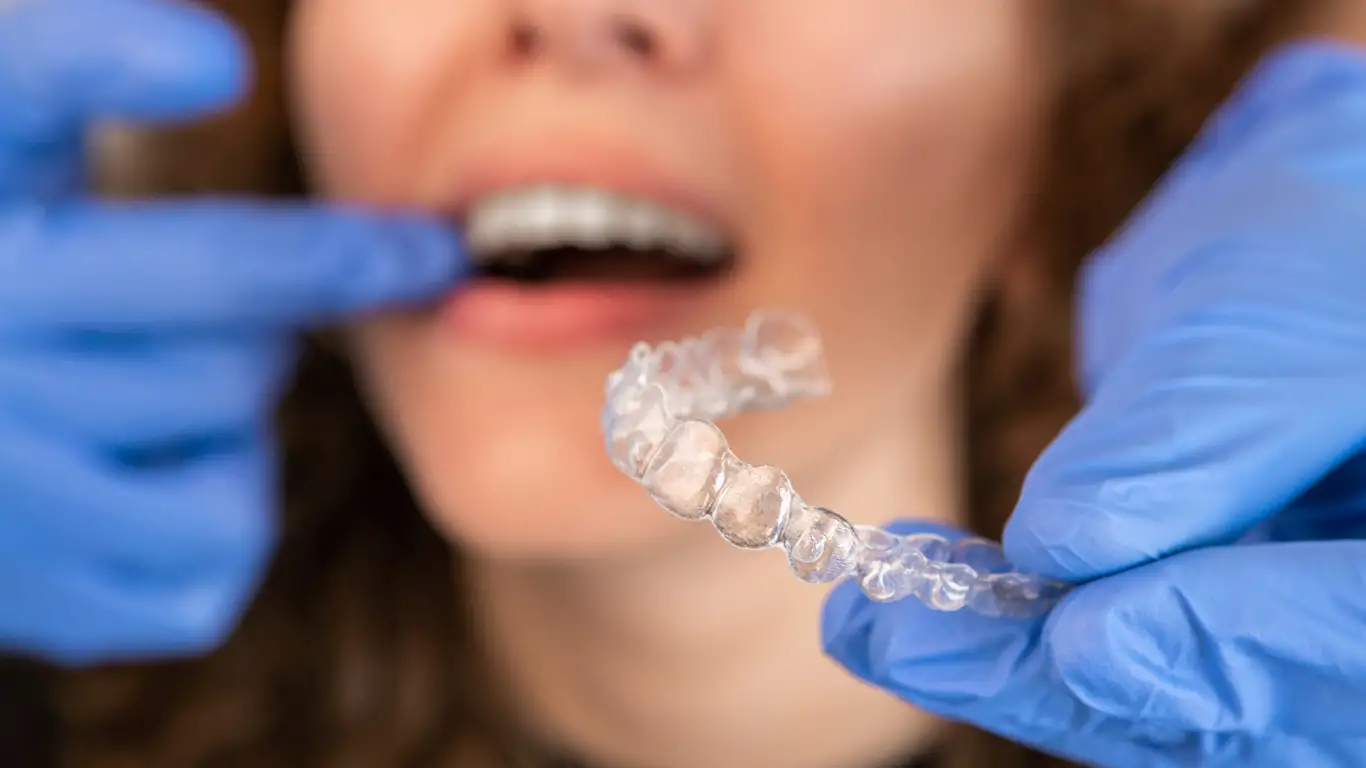The Perfect Smile: Understanding Teeth Straightening Options
A dazzling, well-aligned smile can boost confidence and improve oral health. Teeth straightening has become increasingly popular, with various options available to suit different needs and preferences. This article explores the world of orthodontic treatments, discussing traditional methods and modern innovations that can help you achieve the smile you've always wanted.

Ceramic braces offer a more discreet alternative, using tooth-colored or clear brackets that blend in with your natural teeth. They work similarly to metal braces but are less visible, making them a popular choice among adults and self-conscious teens. However, ceramic braces can be more prone to staining and may require extra care to maintain their appearance.
Another option is lingual braces, which are attached to the back of the teeth, making them virtually invisible from the front. While highly discreet, lingual braces can be more challenging to clean and may cause some initial discomfort as the tongue adjusts to their presence.
How do clear aligners compare to traditional braces?
In recent years, clear aligners have revolutionized the field of orthodontics. These custom-made, removable plastic trays gradually shift teeth into alignment. Popular brands like Invisalign have made clear aligners a sought-after option for those seeking a more discreet and flexible teeth straightening solution.
Clear aligners offer several advantages over traditional braces. They’re nearly invisible, removable for eating and cleaning, and generally more comfortable. However, they require discipline to wear for the recommended 20-22 hours per day and may not be suitable for all orthodontic issues, particularly more severe cases.
Treatment time with clear aligners can be comparable to or shorter than traditional braces, depending on the complexity of the case. However, the success of the treatment heavily relies on patient compliance, as the aligners must be worn consistently to achieve the desired results.
What are the benefits of orthodontic clips and retainers?
Orthodontic clips and retainers play crucial roles in teeth straightening treatments. Clips, also known as elastics or rubber bands, are often used in conjunction with braces to apply additional force, helping to correct bite issues or accelerate tooth movement. These small but mighty components can significantly enhance the effectiveness of orthodontic treatment.
Retainers, on the other hand, are essential for maintaining the results achieved through orthodontic treatment. After braces or clear aligners have done their job, retainers help keep teeth in their new positions. There are two main types of retainers:
-
Fixed retainers: These are thin wires bonded to the back of the teeth, providing continuous support to maintain alignment.
-
Removable retainers: These can be taken out for cleaning and are typically worn at night to prevent teeth from shifting back to their original positions.
Proper use of retainers is crucial for long-term success, as teeth can naturally shift over time, potentially undoing the results of orthodontic treatment.
How long does teeth straightening typically take?
The duration of teeth straightening treatment varies widely depending on the individual case and the method used. Generally, traditional braces treatment can last anywhere from 18 months to 3 years for more complex cases. Clear aligner treatments often range from 6 to 18 months, though this can vary based on the severity of the misalignment and patient compliance.
It’s important to note that these are average timeframes, and your orthodontist will provide a more accurate estimate based on your specific needs. Factors that can influence treatment duration include age, the severity of misalignment, and the type of orthodontic issue being addressed.
What are the costs associated with different teeth straightening options?
The cost of teeth straightening can vary significantly depending on the chosen method, the complexity of the case, and the duration of treatment. Here’s a general overview of the costs associated with different teeth straightening options:
| Treatment Type | Average Cost Range | Key Factors |
|---|---|---|
| Traditional Metal Braces | $3,000 - $7,000 | Complexity of case, treatment duration |
| Ceramic Braces | $4,000 - $8,000 | More expensive due to materials used |
| Lingual Braces | $8,000 - $10,000 | Customization and placement complexity |
| Clear Aligners (e.g., Invisalign) | $3,000 - $8,000 | Number of aligners needed, treatment duration |
| At-home Clear Aligners | $1,500 - $3,000 | Limited to mild to moderate cases |
Prices, rates, or cost estimates mentioned in this article are based on the latest available information but may change over time. Independent research is advised before making financial decisions.
It’s worth noting that many dental insurance plans cover a portion of orthodontic treatment, especially for patients under 18. Additionally, many orthodontists offer payment plans to make treatment more accessible. When considering teeth straightening, it’s essential to consult with a qualified orthodontist to determine the best option for your specific needs and budget.
In conclusion, teeth straightening has come a long way, offering a variety of options to suit different preferences and needs. From traditional braces to innovative clear aligners, there’s a solution for almost every orthodontic issue. By understanding the different methods available, their benefits, and associated costs, you can make an informed decision about the best path to achieving your perfect smile.
This article is for informational purposes only and should not be considered medical advice. Please consult a qualified healthcare professional for personalized guidance and treatment.






